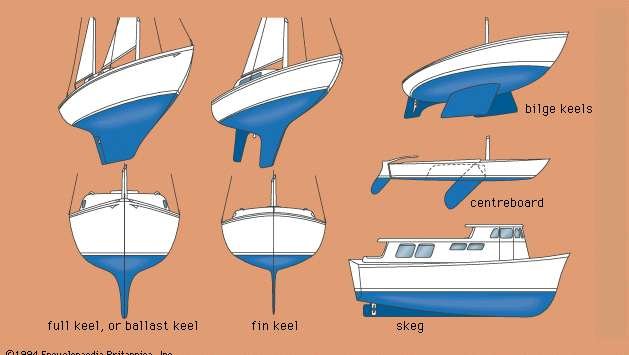The company I’m considering has done a lot of Seakeeper installations and their main guy has been in the engine room to check it out, and the subject never came up. I will be bringing a up.
Colin,
Our Seakeeper (SK) was installed at the yard in Asia, and SK sent a technical person there to oversee and advise. There are very specific guidelines as to the structural reinforcement for the box, for both new installs and retrofits.
Surprised to hear your local person didn't bring this up, but if you had not signed on the dotted line and just looking for rough ideas and pricing, I would assume they would eventually get in to the nitty gritty if they are following the corporate SK process.
The local dealer in our area who represents SK is very good. He is ex Aus Navy (Engine) and a 25 year master electrician. Very detailed guy who spends a lot of time making sure things get done right. He does new installs on a routine basis and can't keep up with demand. They are installing these in high end go fasts like Rivieras, Sport Fishers, Slower speed cruising boats like many of ours, and a variety of others down to a Ranger Tug that is parked 100 ft away from me. The few guys that work for him have been to SK training school and have tech sheets to follow for anything from routine servicing to major repairs.
BTW, power demands are not bad. If I remember correctly, mine takes about 10 to 12 A to spool up, then settles in at about 8 A, but don't quote me on that. The specs in SK are the go to.
There are a-lot of good options out there for stabilization, and the best fit is different for everyone depending on how we use our boats, distances run, and whether we use the Gen a lot anyway for things like making water when offshore, so running the Gen to power the SK is inconsequential.


